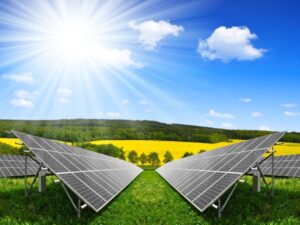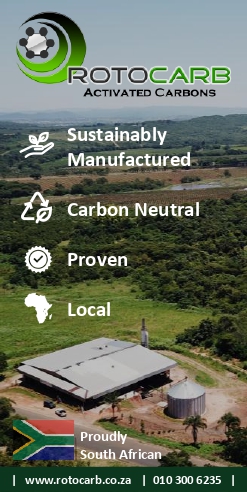Implementing sustainable and renewable energy solutions has become critical in assuring South Africa’s future, and one of the avenues being explored is the use of solar power. However, while several solar photovoltaic (PV) farms have been constructed or are in the process of being planned for, coupled with the fact that many homes and businesses are making use of solar panels to generate their own power, we need to start looking at the bigger picture. From building-integrated photovoltaic (BIPV) to vehicle-integrated photovoltaic (VIPV) and even solar roadways, there are many avenues that can be explored, and we need to start integrating and incentivising innovative alternatives to solve our energy and sustainability challenges.
 By Viren Sookhun, Managing Director at Oxyon
BIPV could be the next big thing
While South Africa is an excellent candidate for the use of solar energy thanks to our climate and daylight hours, the reality is that solar PV farms assume vast tracts of land that then cannot be utilised for anything else – including housing or food production. To generate enough solar power for our needs, we would have to dedicate massive quantities of physical real estate to the problem, unless we start to think outside of the traditional solar box.
Rooftop solar can help, but only up to a point because there is only so much rooftop space that can be put to effective use for harnessing solar energy. BIPV, however, is a technology that shows enormous potential. In the Middle East, this concept is being taken to an entirely new level with The Line, a 170km long and 200m wide urban residential concept in Saudi Arabia that will run on 100% renewable energy, in large thanks to BIPV glass that makes up the bulk of the architecture.
By Viren Sookhun, Managing Director at Oxyon
BIPV could be the next big thing
While South Africa is an excellent candidate for the use of solar energy thanks to our climate and daylight hours, the reality is that solar PV farms assume vast tracts of land that then cannot be utilised for anything else – including housing or food production. To generate enough solar power for our needs, we would have to dedicate massive quantities of physical real estate to the problem, unless we start to think outside of the traditional solar box.
Rooftop solar can help, but only up to a point because there is only so much rooftop space that can be put to effective use for harnessing solar energy. BIPV, however, is a technology that shows enormous potential. In the Middle East, this concept is being taken to an entirely new level with The Line, a 170km long and 200m wide urban residential concept in Saudi Arabia that will run on 100% renewable energy, in large thanks to BIPV glass that makes up the bulk of the architecture.While this is an extreme example, BIPV can easily be integrated into new buildings by replacing some or all the facility’s glass with specially designed PV panels, without impacting the aesthetics of the building. BIPV glass can also be installed into existing buildings to maximise the generation of solar capacity with high levels of efficiency. In fact, scientists in the Middle East have simulated the use of different BIPV systems on Dubai’s high-rise buildings and found that for buildings with more than seven floors, BIPV may be superior to rooftop power generation. To drive this change, however, there needs to be incentive from the highest levels, and it needs to be legislated that construction of any new buildings must include smarter and greener methods. Environmental consciousness and sustainability need to become ingrained in everything that we do going forward.
But why stop there? BIPV offers exciting potential for South Africa, but there are many other areas where solar can be integrated to maximise impact. In the Netherlands, solar powered roadways and bike paths are proving to be promising concepts, and in Switzerland, solar panels could be installed in the spaces between railway tracks. Solar can be deployed on bridges, such as was done on the Blackfriars Bridge in London, which sports 759MW of installed solar power capacity. The banks of major rivers in Bangladesh could be used to generate 15,000MW solar power by 2041. There is also potential for VIPV to help power the millions of vehicles that make use of our roads daily – integrating solar into the roof and windshields of vehicles could help to power the vehicle directly or power an electrolyser to manufacture green hydrogen. Truck roofs have large real estate for VIPV which could dramatically reduce emissions associated with long-distance freight hauling. It has become increasingly clear that we have reached the point where sustainable and renewable energy sources are no longer an option, but an essential. Now is the time to explore the opportunities and find innovative ways of harnessing energy to power our future and drive economic growth and sustainability for South Africa.







